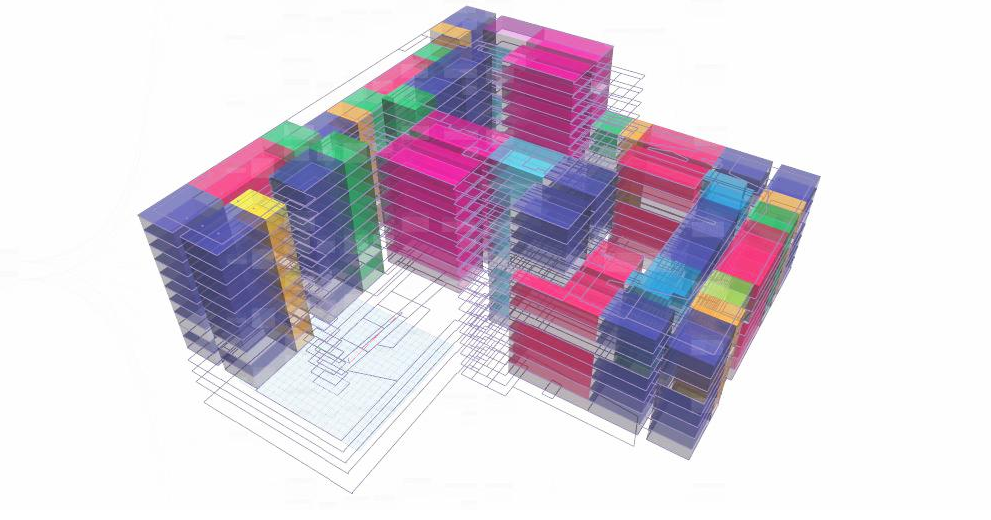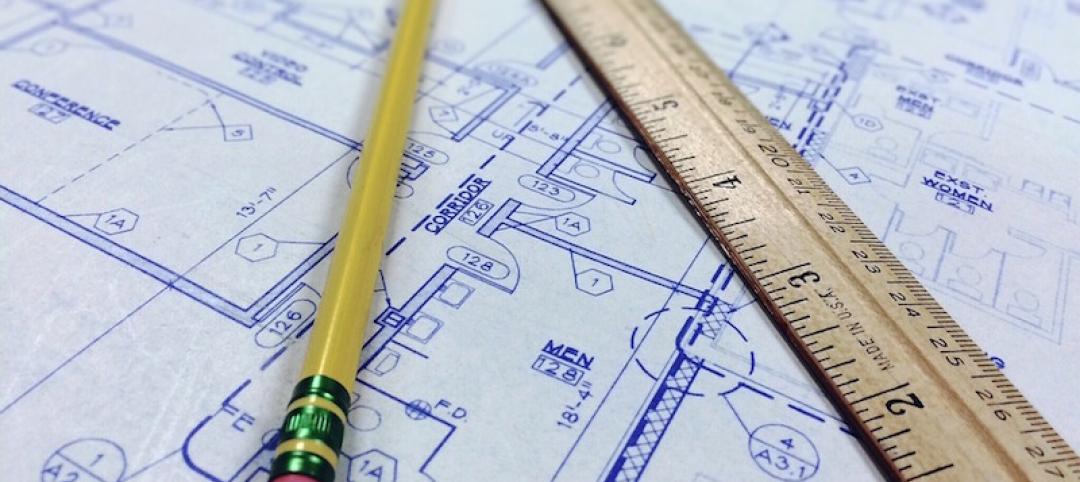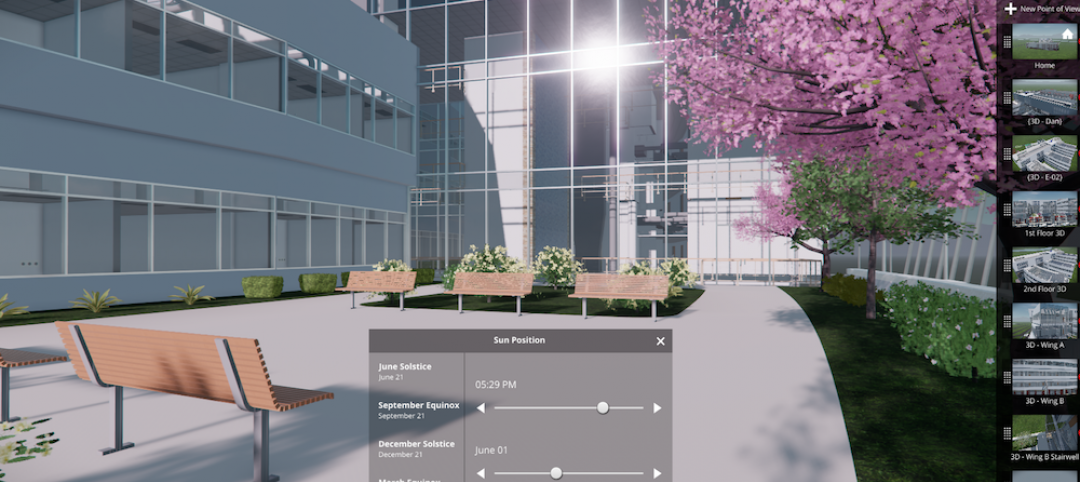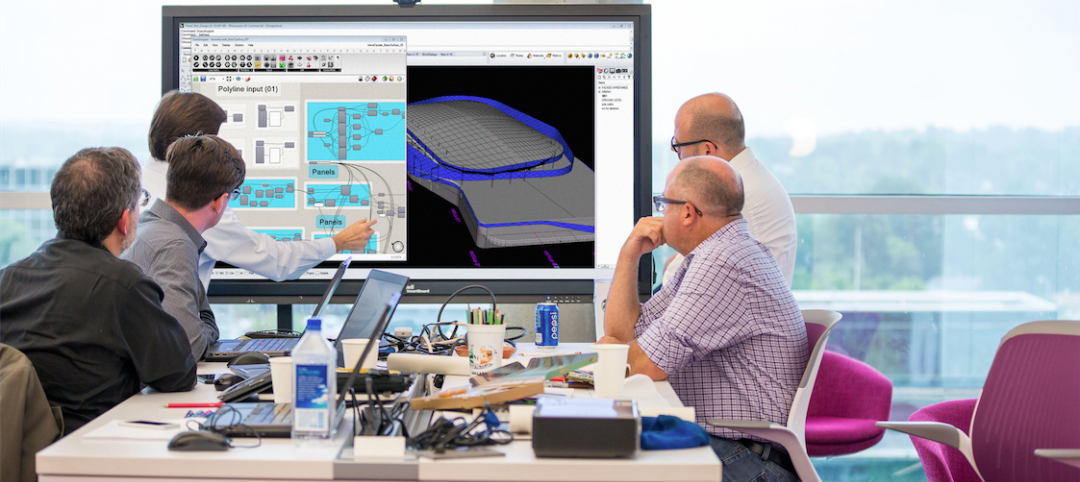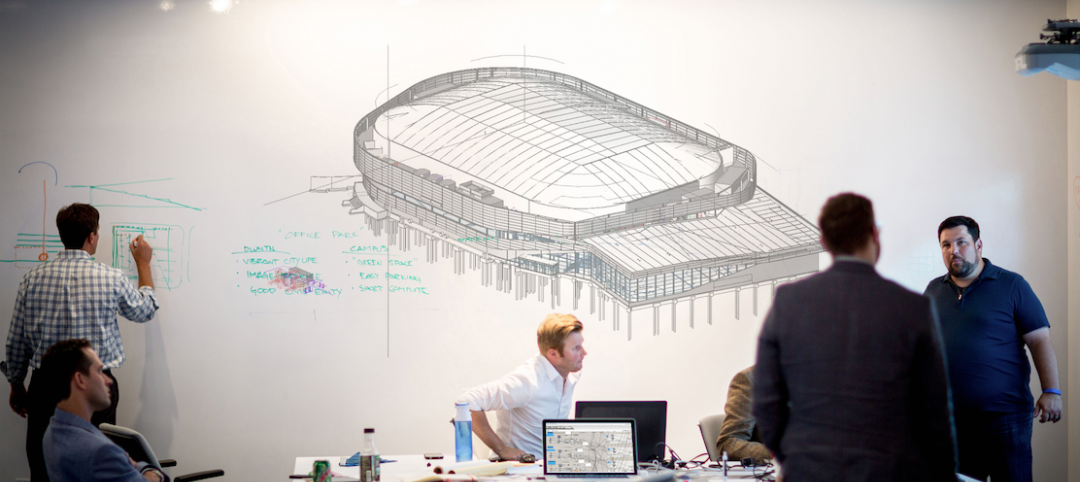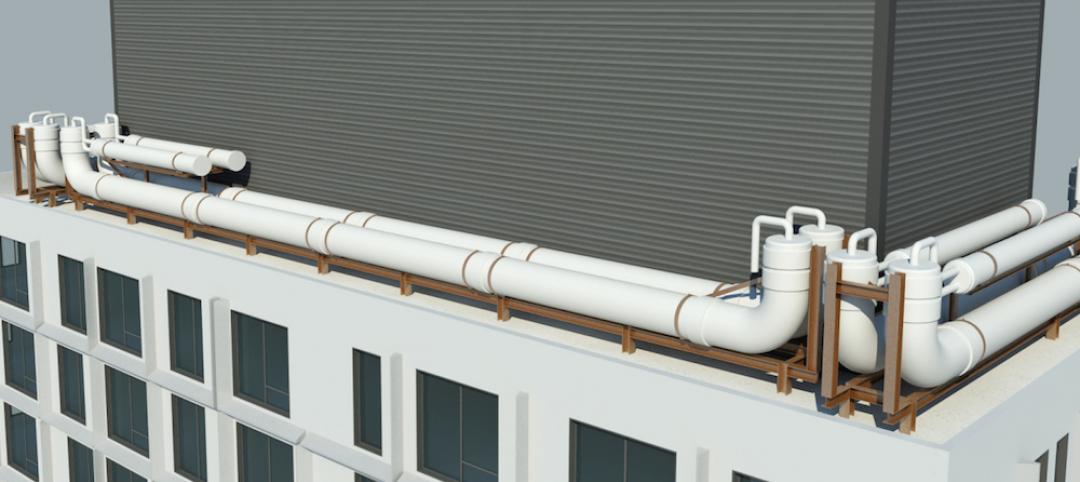At the BLDGS=DATA symposium in New York this spring, the discussion focused on strategies for harnessing the massive amount of data made available by modern technology. An increased capacity for analysis has led to immense data generation and an unprecedented ability to identify correlations. The AEC industry today is grappling with ways to make the best use of it and to develop standard processes for leveraging and sharing it.
This surge of data is changing the very nature of design as architects begin to embrace a much more data-driven approach. Advances in building information modeling (BIM) allow for more thorough project documentation and the ability to share building information with contractors. Intricate digital models and environmental simulation enable offsite fabrication methods and building systems improvements that have the potential to increase quality and reduce construction costs. Most importantly, access to vast quantities of data is helping design teams better understand a client’s needs and can be used to validate a particular design decision beyond previously available means.
With an increased capacity for capturing data, it is imperative not to get lost in the white noise. The seemingly limitless stockpiles of information must be strategically vetted for meaningful interpretation with a focus on the value it provides to the process and the end product. One of the most evident attempts to find a balance between data and technology is the current infatuation with computational design, with its powerful new software platforms, intricate parametric tessellations, and innovative materials.
How can architecture make the most of the growing data movement? The true promise of this information age is not iteration and automation but the ability to substantiate expertise and predict outcomes.
To better position themselves to do so, architectural practices must acquire and develop new skills to be able to filter and find value in the newly available data sources. Computer science will become an essential component of design education and graduates will be encouraged to form much more integral partnerships with engineers, construction managers, and environmental sustainability experts. Architects must seek data collection and information management techniques to help inform their process, exhaust possibilities, and confirm design outcomes. The evolution of the practice of architecture is about changing our mentality and approach: broadening our thinking, not necessarily eliminating tradition. While technology is becoming a powerful tool, the most critical role belongs to the individual who, alone or as part of a greater whole, is harnessing that power.
Ultimately the AEC industry as a whole will benefit from an increasingly data-driven approach to design and construction that promotes improved communication, better quality projects, and fewer hindrances to the building delivery process.
About the Author: Kyle Martin is a member of Shepley Bulfinch’s architectural staff. He is a co-founder of the Boston Society of Architects Revit Users Group’s “Dynamo-litia” and currently teaches Advanced Revit and Computational Workflows at Boston Architectural College.
Related Stories
BIM and Information Technology | Aug 9, 2016
How to improve a project presentation with animated GIFs
Animated GIFs are a simple tool that can explain a large amount of intricate information in an easy to understand, streamlined manner.
BIM and Information Technology | Jul 25, 2016
Autodesk’s LIVE turns designs into video game-like experiences
Users can adjust navigation points, render styles, and even the time of day, with fluid and quick controls.
Building Tech | Jul 14, 2016
Delegates attending political conventions shouldn’t need to ask ‘Can you hear me now?’
Each venue is equipped with DAS technology that extends the building’s wireless coverage.
BIM and Information Technology | Jun 14, 2016
Autodesk and Trimble will share APIs to develop products that improve user workflow
Data and document management is likely to benefit the soonest.
BIM and Information Technology | Jun 13, 2016
The race to digitize the globe with 3D imagery
Tech firms are creating a highly-detailed virtual planet available instantly for those who would like to scrutinize it. SmithGroupJJR's Stephen Conschafter details the new technologies being used to map our world.
BIM and Information Technology | Jun 7, 2016
Conquer computational design: 5 tips for starting your journey
Data-driven design expert Nathan Miller offers helpful advice for getting your firm ready to use CD tools and concepts.
BIM and Information Technology | Jun 7, 2016
6 ways smart AEC firms are using computational design methods
Rapid prototyping, custom plug-ins, and data dashboards are among the common applications for computational design.
BIM and Information Technology | May 20, 2016
AIA and Autodesk introduce new feature to automate 2030 Commitment reporting data
The new automated connection will allow the more than 350 AIA 2030 committed firms to report their project and portfolio performance to the DDx directly from Autodesk Insight 360.
AEC Tech | May 10, 2016
Thornton Tomasetti launches new tech company
TTWiiN initially features six products and will add more via its own incubator.
Sponsored | BIM and Information Technology | May 10, 2016
Advanced laser scanning technology supports data collection and modeling efforts for Missouri’s Iatan 1 Power Plant
For the installation of a new heat exchanger, the power division of Black & Veatch contracted an engineering firm to laser scan the site, make a piping model in Autodesk® Revit®, and export it into AutoCAD® to deliver results.


